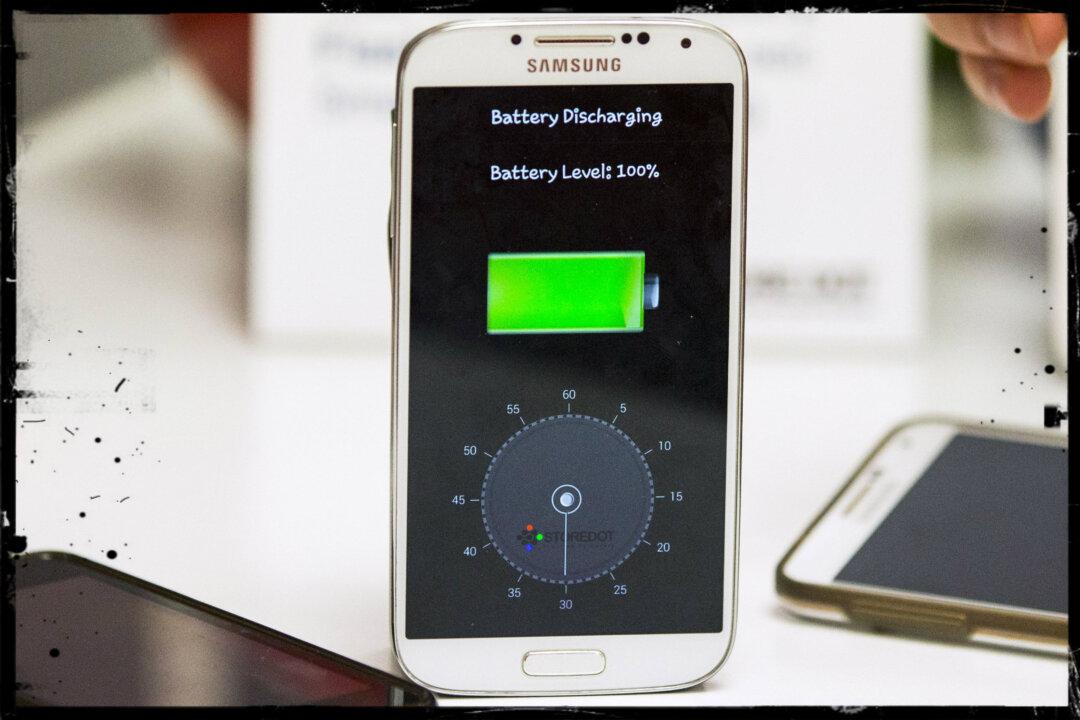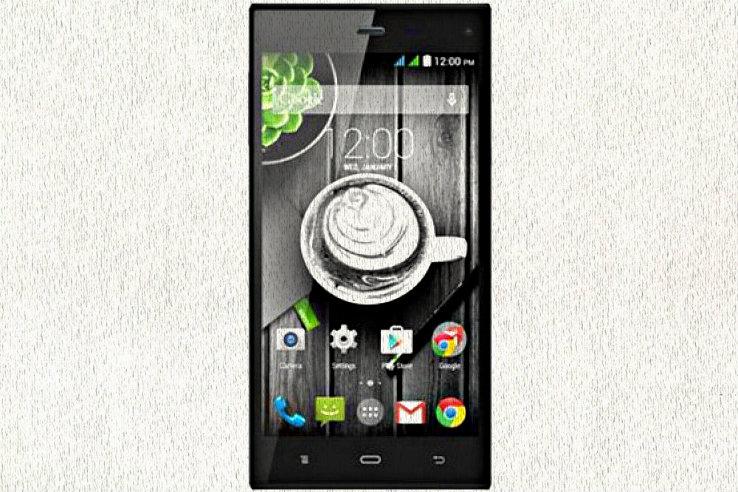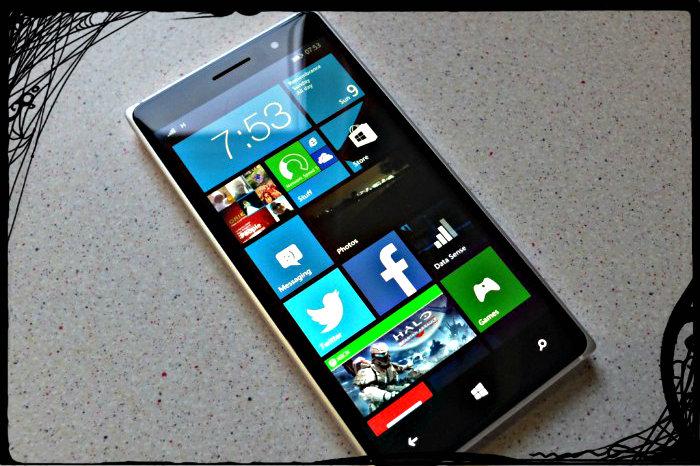Researchers, working for Nanyang Technology University, have developed a new lithium ion battery that can last for 20 years and possibly more, thus eliminating the need for getting new rechargeable batteries every 2-3 years.
In addition to the excellent longevity of the new battery, it is also incredibly easy and quick to charge. The research team says that the new battery can be charged from empty to 70 per cent in just 2 minutes.
As a comparison the battery that sits in your smartphone can be recharged up to 500 times, which results in a battery life span of about 2 years and it takes 2 hours on average to get it from zero to 100 per cent full.
The magic inside the new type of battery is not out of this world – the new battery uses a new gel material made from titanium dioxide for the anode (the negative pole) of the battery instead of standard graphite. The gel, which is both safe and cheap, is then transformed into extremely small nanotubes that are a thousand times thinner than the diameter of a human hair.
This speeds up the battery’s chemical reactions needed to charge the battery and then prolongs the life of the battery itself. The new technology is expected to reach the market within the next two years.
The catch? Yes, there is one – currently the technology is only applicable to batteries used in electric cars but it may soon come to handheld devices too. According to us, this is only a matter of time.
Republished with permission from HiTechReview. Read the original.




